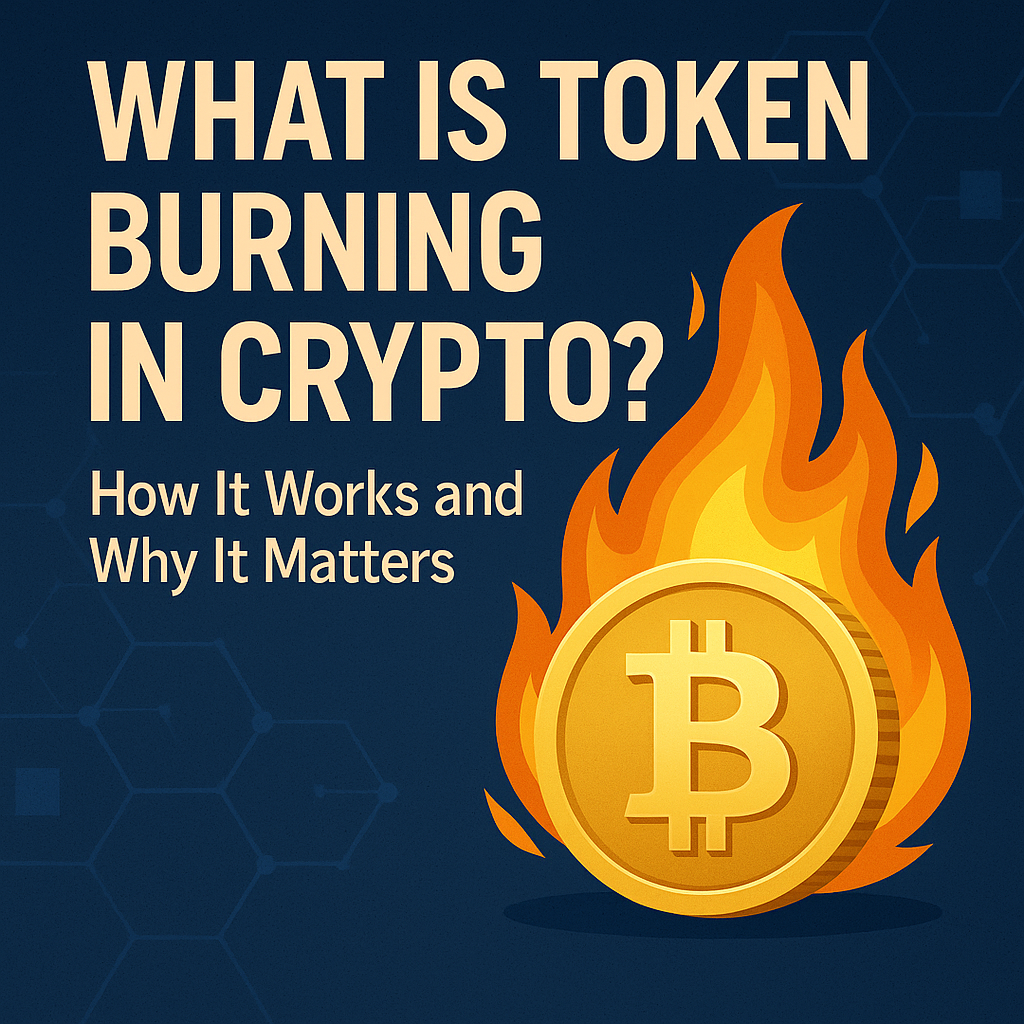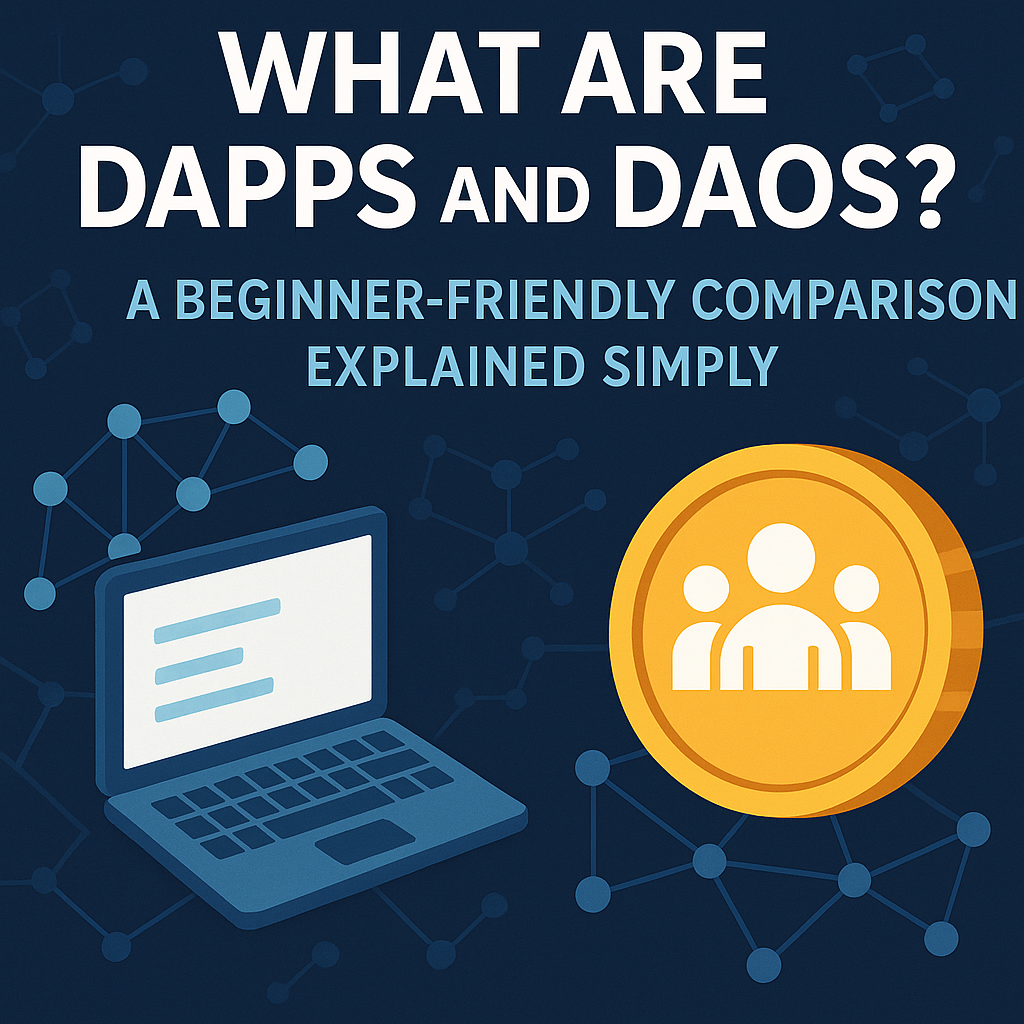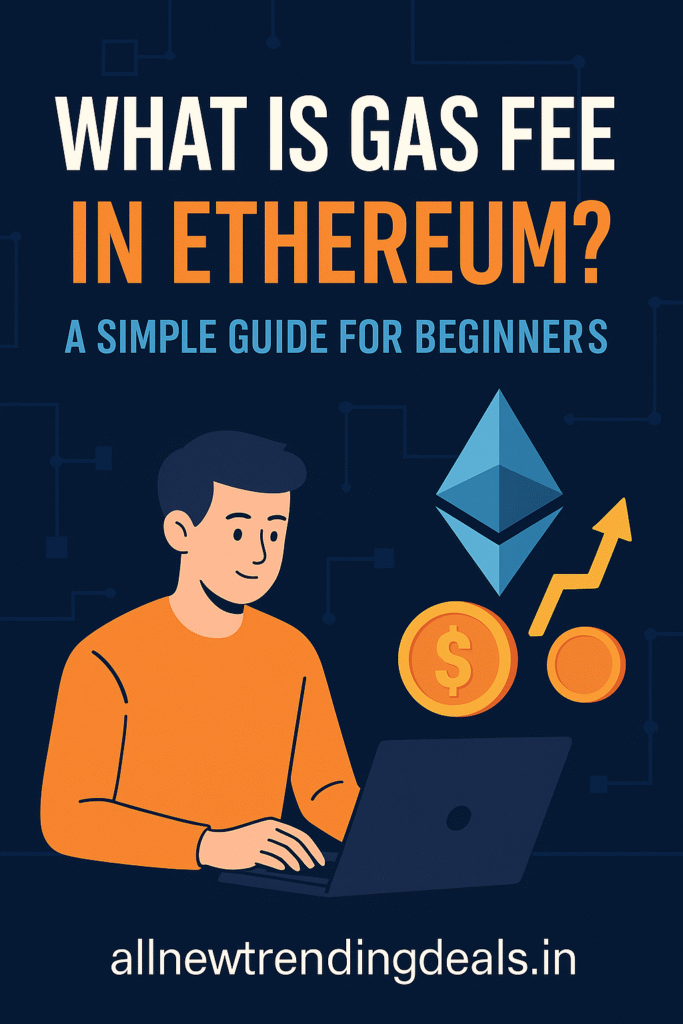Introduction

Have you ever wondered what happens when cryptocurrency tokens are intentionally destroyed?
Welcome to the concept of token burning — a powerful mechanism used by blockchain projects to reduce supply, increase scarcity, and sometimes influence price.
In this article, you’ll learn:
- What token burning is
- How it works
- Why crypto projects burn tokens
- Real-world examples (like BNB and SHIB)
- Whether it impacts token value
- Pros, cons, common myths, FAQs & more
Let’s break it down, simply.
🔥 What Is Token Burning?
Token burning is the process of permanently removing cryptocurrency tokens from circulation, making them unusable and unrecoverable.
This is usually done by sending tokens to a special, inaccessible wallet address called a burn address (like 0x000...dead), from which they can never be retrieved.
🧪 How Does Token Burning Work?

Most burns are performed via smart contracts programmed to:
- Remove a specific amount of tokens from a user’s or platform’s balance
- Send them to the burn address
- Update the total supply
✅ Example Transaction:
A DeFi platform burns 1 million of its utility tokens every quarter based on revenue. The transaction is recorded on the blockchain for transparency.
Burn address example:0x000000000000000000000000000000000000dEaD
(Source: Etherscan)
📊 Why Do Crypto Projects Burn Tokens?
| Reason | Explanation |
|---|---|
| 🔄 Deflationary Pressure | Reducing supply can increase scarcity |
| 📈 Boost Market Confidence | Shows project commitment to value |
| 💰 Reward Holders | Fewer tokens = more valuable holdings |
| 🔄 Control Inflation | Especially in high-supply tokens |
| 💡 Utility Mechanism | Used in DApps to pay fees (and get burned) |
📍 Real-World Examples of Token Burning
🔹 Binance Coin (BNB)
- Binance performs quarterly burns using a portion of its profits.
- As of 2024, over 46 million BNB have been burned.
- The goal is to burn 100 million BNB (50% of total supply).
🔹 Shiba Inu (SHIB)
- SHIB has community-driven burn events.
- In 2023, over 410 trillion SHIB tokens were removed from circulation.
🔹 Ethereum (ETH)
- With EIP-1559 (London Upgrade), a portion of ETH transaction fees is now automatically burned.
- Over 4 million ETH has been burned since 2021.
🔗 ETH Burn Chart – ultrasound.money
📈 Does Token Burning Increase Price?
Sometimes — but not always. Here’s what the data shows:
| Token | Burned Supply | Price Impact |
|---|---|---|
| BNB | 46 million | 📈 Positive (Long-Term) |
| SHIB | 410T+ | ⚖️ Mixed (Still High Supply) |
| ETH | 4 million+ | 📈 Helped make ETH deflationary |
💬 “Burning tokens can signal strength, but it’s not a magic price button.” – CryptoEducator
🚫 Myths About Token Burning
| Myth | Reality |
|---|---|
| Burning always increases price | ❌ It depends on demand too |
| Burned tokens can be recovered | ❌ They’re gone forever |
| Only centralized projects burn tokens | ❌ Ethereum does it too! |
| It’s just a gimmick | ❌ When used well, it’s a real utility mechanism |
🤔 Is Burning Good or Bad?
✅ Pros:
- Reduces inflation
- Shows transparency
- Can reward holders
- Signals confidence
❌ Cons:
- Doesn’t guarantee price increase
- Can mislead if used purely for hype
- Sometimes favors early holders
📚 Use Case Table
| Project | Burn Method | Goal |
|---|---|---|
| Binance (BNB) | Manual quarterly burn | Scarcity + Profit share |
| Ethereum (ETH) | Auto-burn via fees | Deflation + Gas efficiency |
| SHIB | Community burns | Hype + Long-term reduction |
❓ FAQs
Q1. Can I burn my own tokens?
Yes — anyone can send tokens to a burn address. Some DeFi projects allow voluntary burning for rewards.
Q2. Is token burning safe?
Yes, if done transparently via smart contracts. Always review blockchain records or audits.
Q3. Is it legal?
Token burning is not illegal. But always check local regulations when trading crypto assets.
Q4. Can burning fix a failing project?
No. Without solid fundamentals and adoption, burning alone won’t save a token.
💡 Bonus Insight: “Buyback and Burn” Model
Some projects use buyback and burn, where they:
- Buy tokens from the open market (using profits)
- Burn them to reduce supply
This mimics stock buybacks in traditional finance, showing the project is generating income.
📢 Our Opinion
Token burning, when used wisely, can support token economics, reward long-term holders, and show community commitment. However, it’s not a substitute for innovation or real use cases.
As a crypto learner or investor:
- Always check the burn address
- Verify burn totals using explorers like Etherscan
- Don’t invest just because a token is burning supply
🧠 “Scarcity adds value — but only if demand is real.”
📝 Summary Table
| Feature | Token Burning |
|---|---|
| Reduces Supply | ✅ Yes |
| Increases Price | ⚠️ Sometimes (not guaranteed) |
| Improves Utility | ✅ In gas-based models |
| Risks Involved | ❌ Misuse for hype only |
| Transparency | ✅ On-chain data available |
✅ Final Thoughts
Token burning is a simple yet powerful mechanism in crypto. It rewards loyal communities, aligns incentives, and strengthens tokenomics — when done right.
As the blockchain space evolves, expect more projects to implement burning in clever, decentralized ways.
Stay educated, and never stop learning — only at Crypto Learning Hub!

